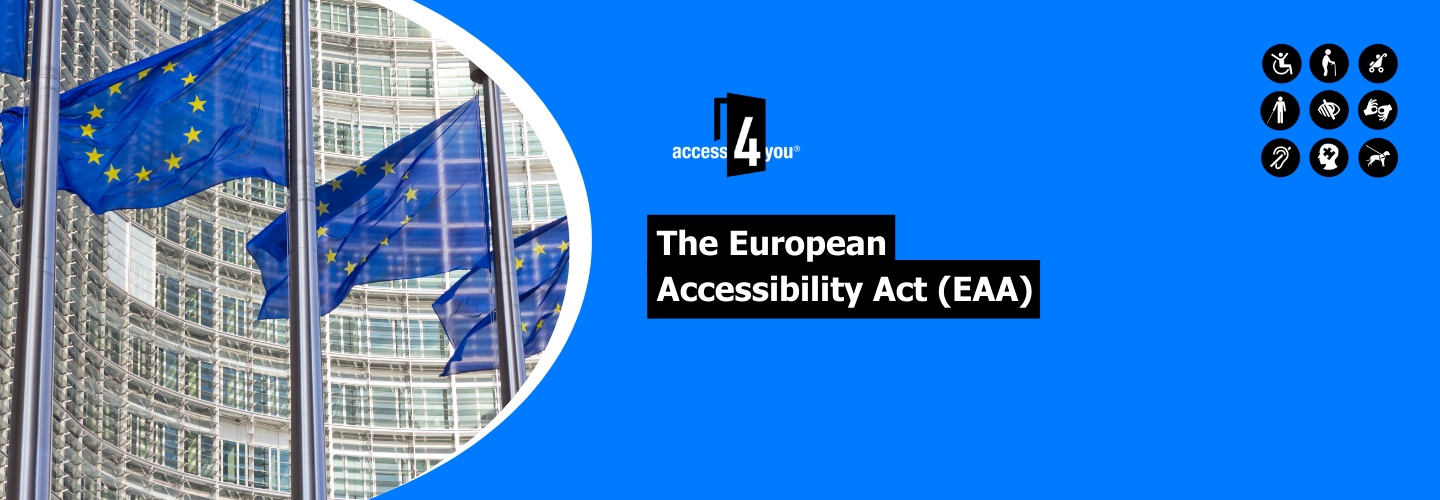All affected businesses must comply with the requirements of the European Accessibility Act (EAA) by 28 June 2025. Let’s examine some of the details.
What exactly is the European Accessibility Act (EAA)?
Formally known as Directive (EU) 2019/882, the European Accessibility Act (EAA) is set to benefit businesses and consumers with disabilities or different accessibility needs. The directive aims to achieve changes by legally obligating certain businesses in the European Union to make accessibility and transparent information about it available for all customers and consumers.
As it follows a commitment to accessibility made by the EU and all Member States upon ratifying the United Nations Convention on the Rights of Persons with Disabilities (UN CRPD), the requirements of the European accessibility act will apply to
- Manufacturers
- Importers
- Service providers
- Distributors
located in the European Union and will be encouraged to implement in member countries of the United Nations.
The EU’s member countries are obliged to “ensure all products and services covered by the legislation comply with its accessibility requirements” (1) by introducing local, country-specific laws.
The Role of Physical Accessibility
For businesses on the list above with physical locations—such as banks with customer areas and ATMs—accessibility must also be considered in terms of their in-person services.
This includes the elimination of existing barriers and ensuring the maintenance and improvement of the state of accessibility.
The first step to addressing physical barriers is to be aware of the current level of accessibility at given locations – which can be efficiently achieved by an on-site audit.
Access4you’s certificate, which ensures certified third-party data, also offers developmental suggestions and a transparent audit report that will help businesses align with EAA requirements.
The international social impact company, Access4you believes that the first step towards disability inclusion is through the accessibility of the built environment and providing reliable information about it. This is why its mission is closely similar to the outcome the EAA aims to achieve with its requirements: making society more accessible and more inclusive for everyone.
Why is this important? Who does it impact?
The European accessibility act impacts society as a whole, but more directly impacts the everyday life of about 101 million people in Europe who live with some type of disability.
This way, the directive is more than a regulatory mandate—it is an important social equalizer for disabled people in the EU. They often face unnecessary and preventable obstacles that hinder their full participation in society. By targeting sectors like banking, telecommunication, and transportation, and products such as smartphones, e-readers, and ATMs, the EAA ensures accessibility becomes a norm, not an exception on a local regulatory level too.
In conclusion, the European Accessibility Act (EAA) marks a significant step toward a more inclusive Europe, mandating businesses to prioritise accessibility in both digital and physical spaces. With the compliance deadline of June 28, 2025, fast approaching, companies must act now to assess and enhance their accessibility measures.
For more stories and articles, visit our News site!
References:
(1) European Union. „Accessibility of Products and Services.” EUR-Lex, European Union, https://eur-lex.europa.eu/EN/legal-content/summary/accessibility-of-products-and-services.html.
